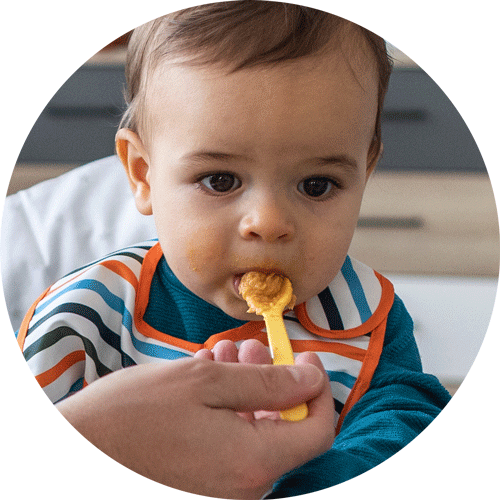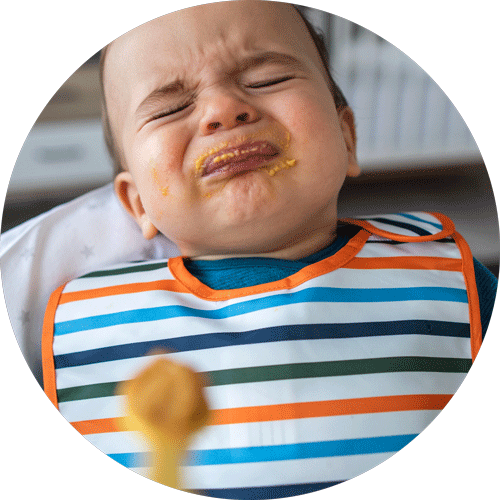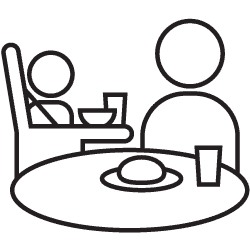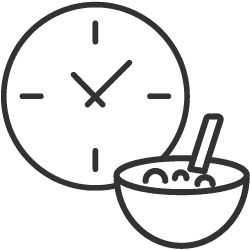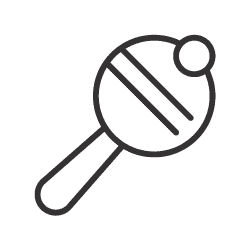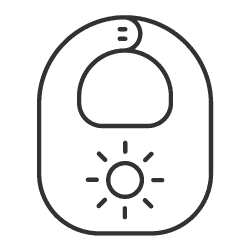Introducing solid foods
Feeding your baby solid foods (0 to 12 months)
The information on this page is for healthy babies, born full term (after 37 weeks). If your baby was born preterm (before 37 weeks) or has a health condition, the guidelines may be different. Talk to your health care provider about the best way to feed your baby.
At around six months of age, your baby's nutrition needs start to change. Solid foods help meet their changing needs. Most babies are ready for solid foods at six months of age. Some babies may be ready a few weeks before or after they are six months old.
Review the infant nutrition guides from Health Canada to learn about feeding your baby.
Request a copy of our Feeding Your Baby Solid Foods booklet.
Feeding your child (12 to 24 months)
Review the nutrition guides from Health Canada to learn about feeding your infant or food safety for children ages five and under from Health Canada. To learn about choking hazards, read How can I prevent choking? on this page.
For nutrition information including recipes and sample menus, visit unlockfood.ca. To speak with a registered dietitian, contact Health811 by calling 811.













